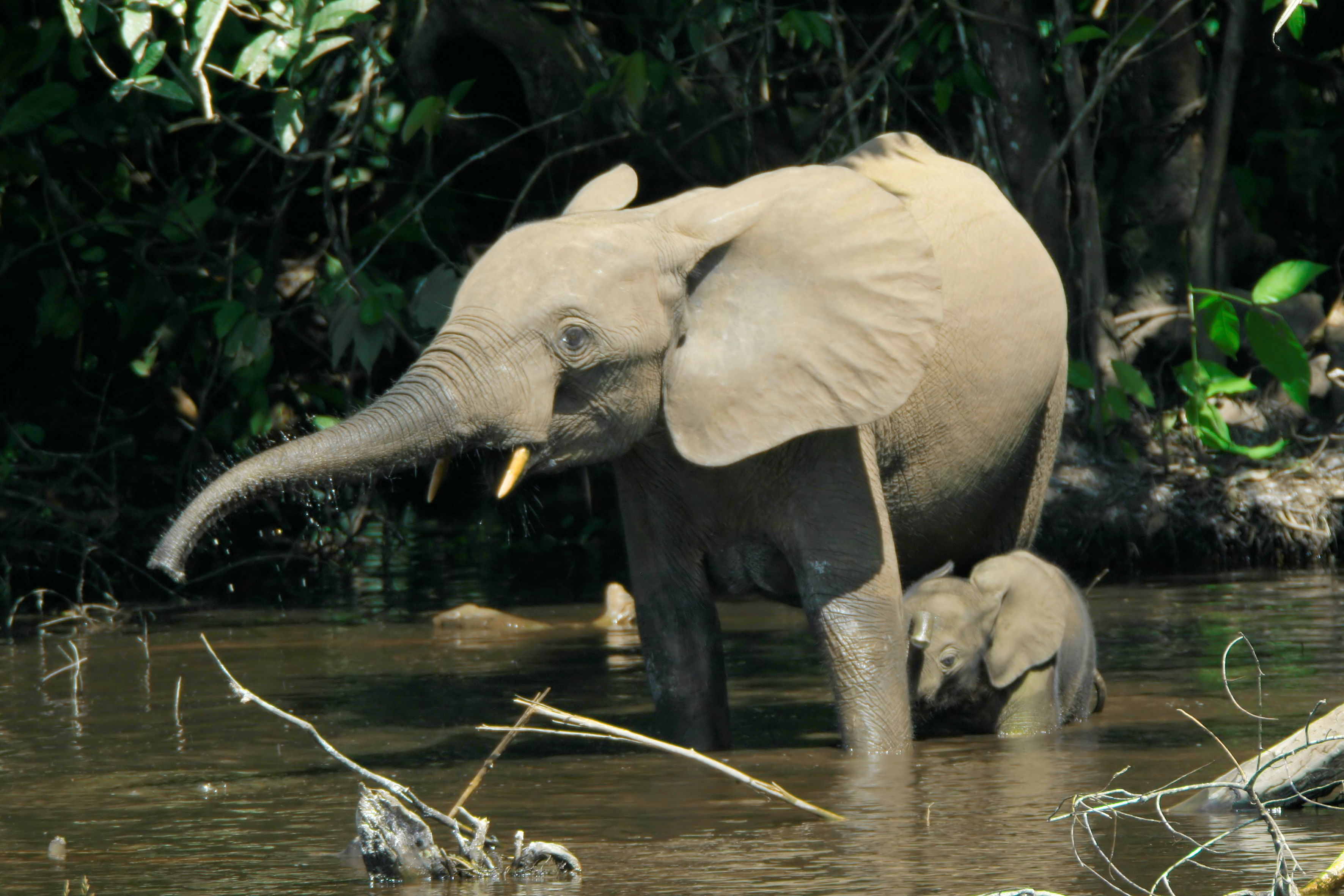 | ||||||
Ephedra foeminea - Author:
Gideon Pisanty (Gidip) -
|
Cycles of the moon
The cycles of the moon are are used by a many animals for a number of reasons such as navigation and communication. Now researchers have discovered the first known case of a plant that times its reproduction to the cycles of the moon. The plant is a rather modest shrub found in areas around the Mediterranean and is known as Ephedra foeminea though since the discovery of its connection to the moon it has been nick-named the were-plant. This is because the plant is a non-flowering relative of conifers and instead of flowers produces masses of red and yellow cones which during the full moon in July secretes sugary fluid to attract the nocturnal insects which pollinate it. Read more
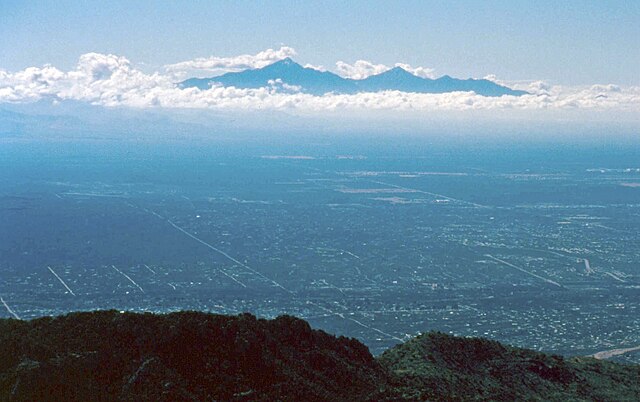
_(croDB1079).jpg)

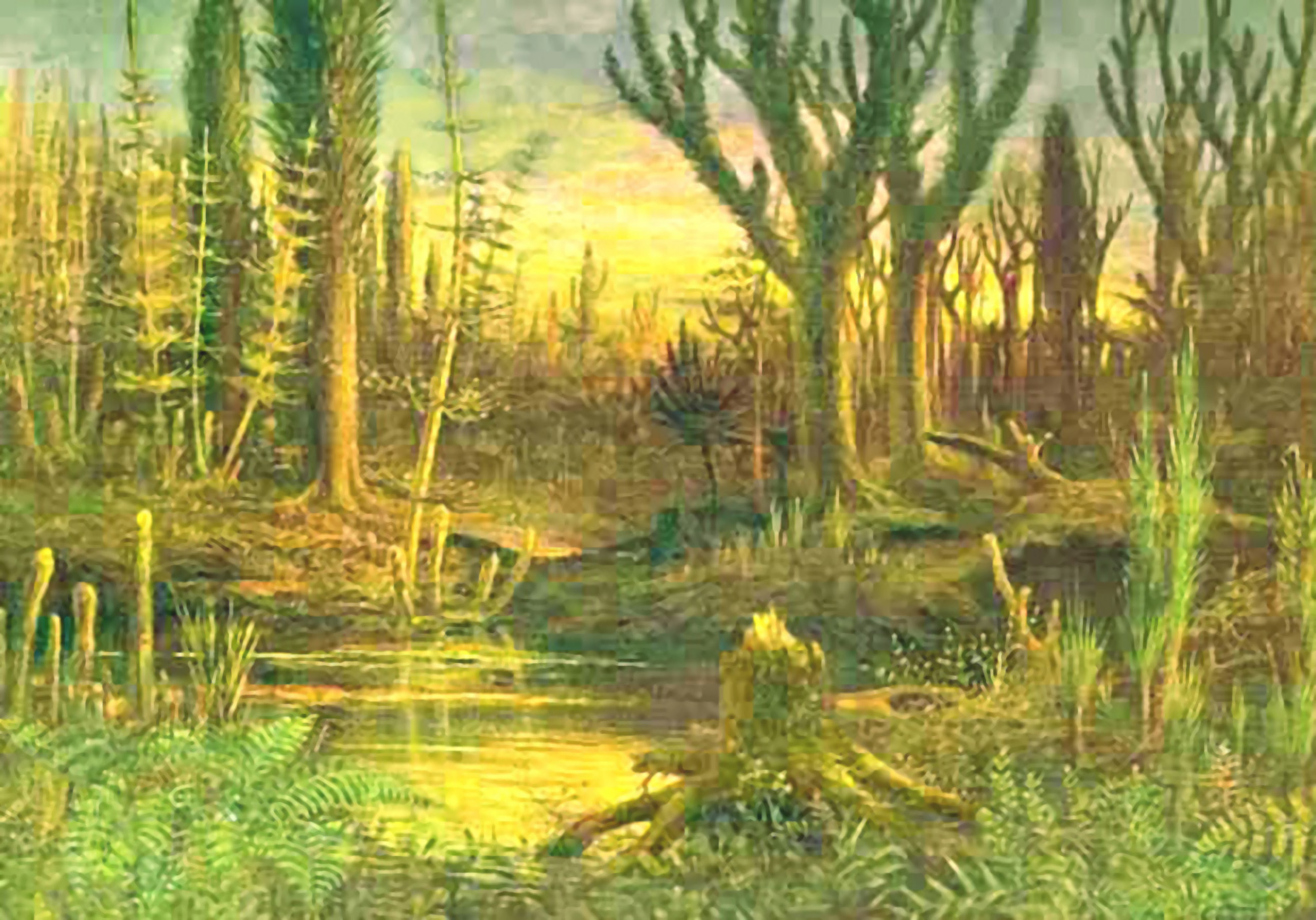


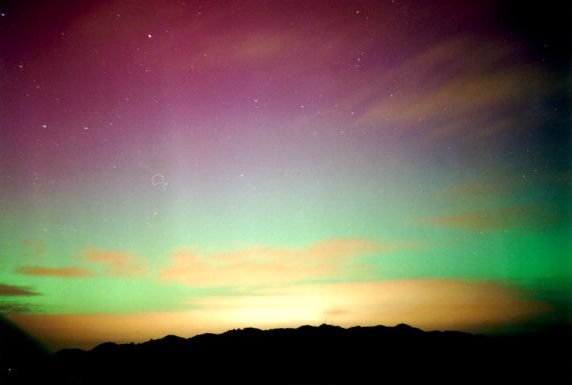

.jpg/320px-Arne_in_December_-_blue_skies!_(11624422116).jpg)

.jpg)
.jpg)







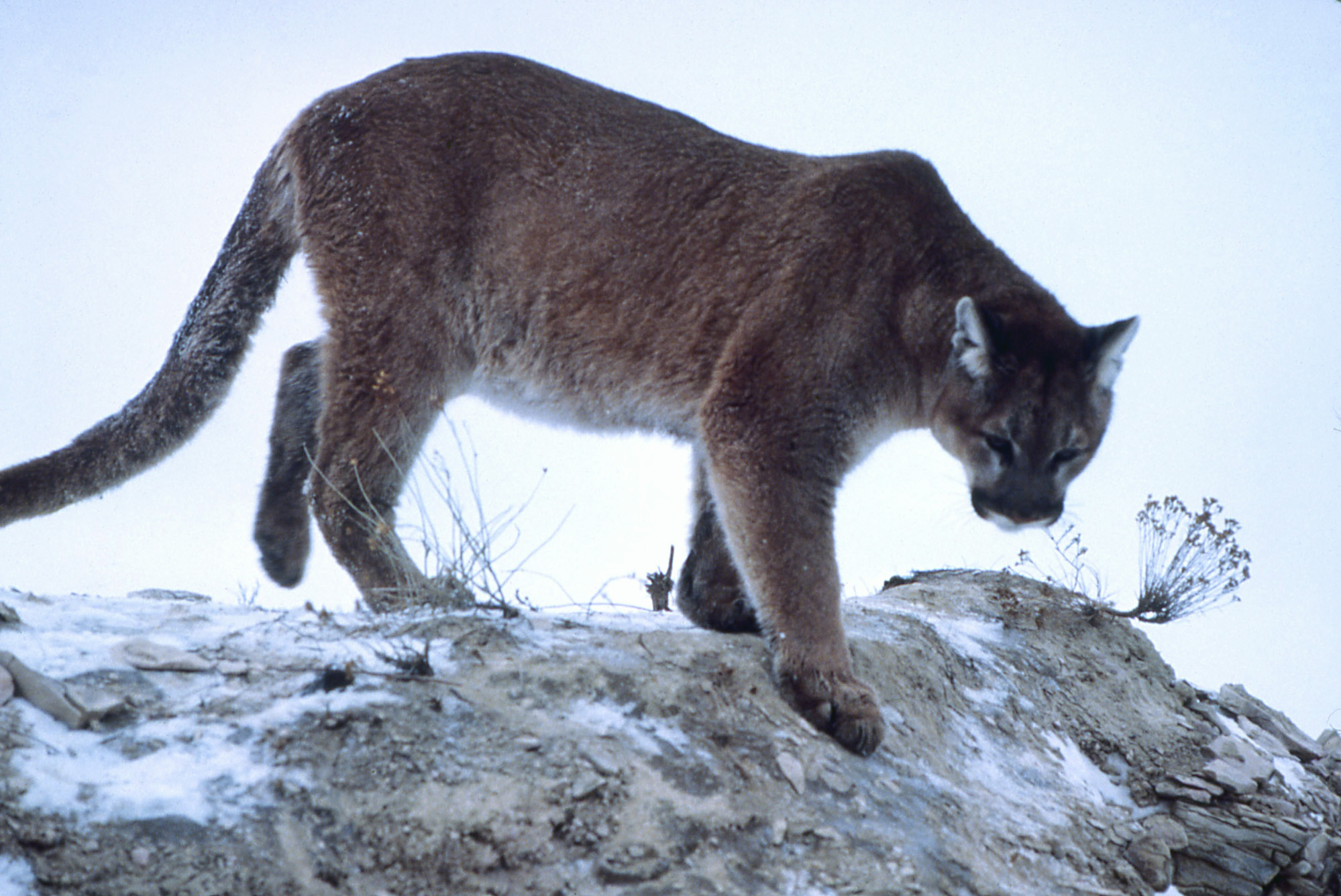

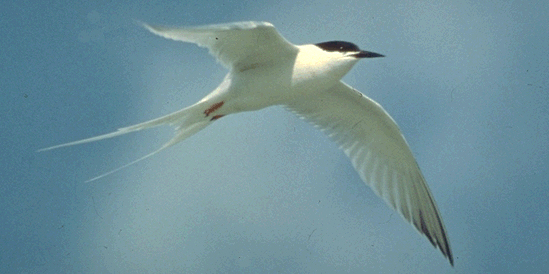
.jpg/640px-Big_Horn_Sheep%2C_Jack_Barrie_(6501980891).jpg)
